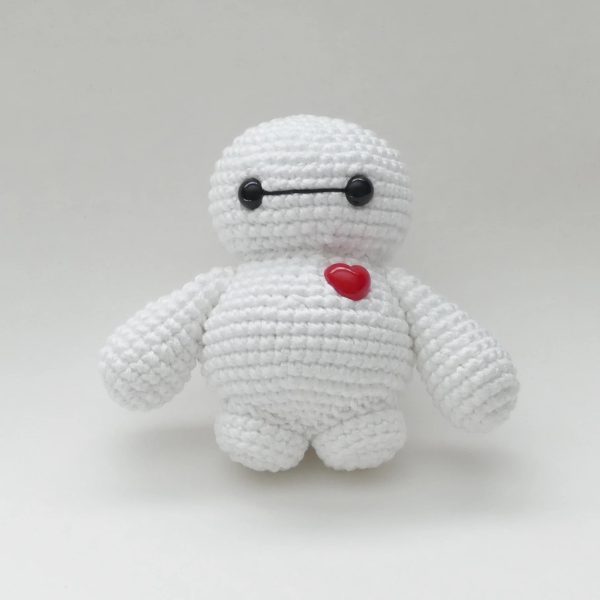 A candle making journal
A candle making journal is necessary when you’re experimenting with different candle wax
formulas, shapes, scents and wicks
.
You’ll want to record some of these things in your candle journal: type of wax used, whether there were any additives, amount of scent, dye and size of wick.
(Writing photo by Cierpki)
Temperature of the wax
Another thing to record is the temperature of the wax when poured as well as the actual temperature in your home. These things can really affect how your candle turns out. For example, with palm wax, it feathers (crystallizes) much more if it’s poured hot and cools down slowly. If it cools too fast, it might not feather at all. On the other hand, some waxes like container blends and soy work better poured at a lower temperature because they’ll shrink less and appear smoother in their containers.
Usually, the candle supplier will include directions for the ideal temperature for pouring your wax. Sometimes, when you’re mixing waxes and additives, you need to figure this out yourself.
Write down how the formula worked out
Besides all these details, the thing that matters the most in your candle making journal is the end result. The reason it’s so important to record what you’re doing is that like cooking, sometimes you inadvertently stumble upon some magic recipe and if you don’t keep track of what you did, it stinks not being able to create that same effect.
Once you have a few failures and successes under your belt, you can hopefully duplicate your successes consistently. Also, if you have the perseverance, you can fine tune your candle making failures by adjusting your wax formula, temperature or wick.
